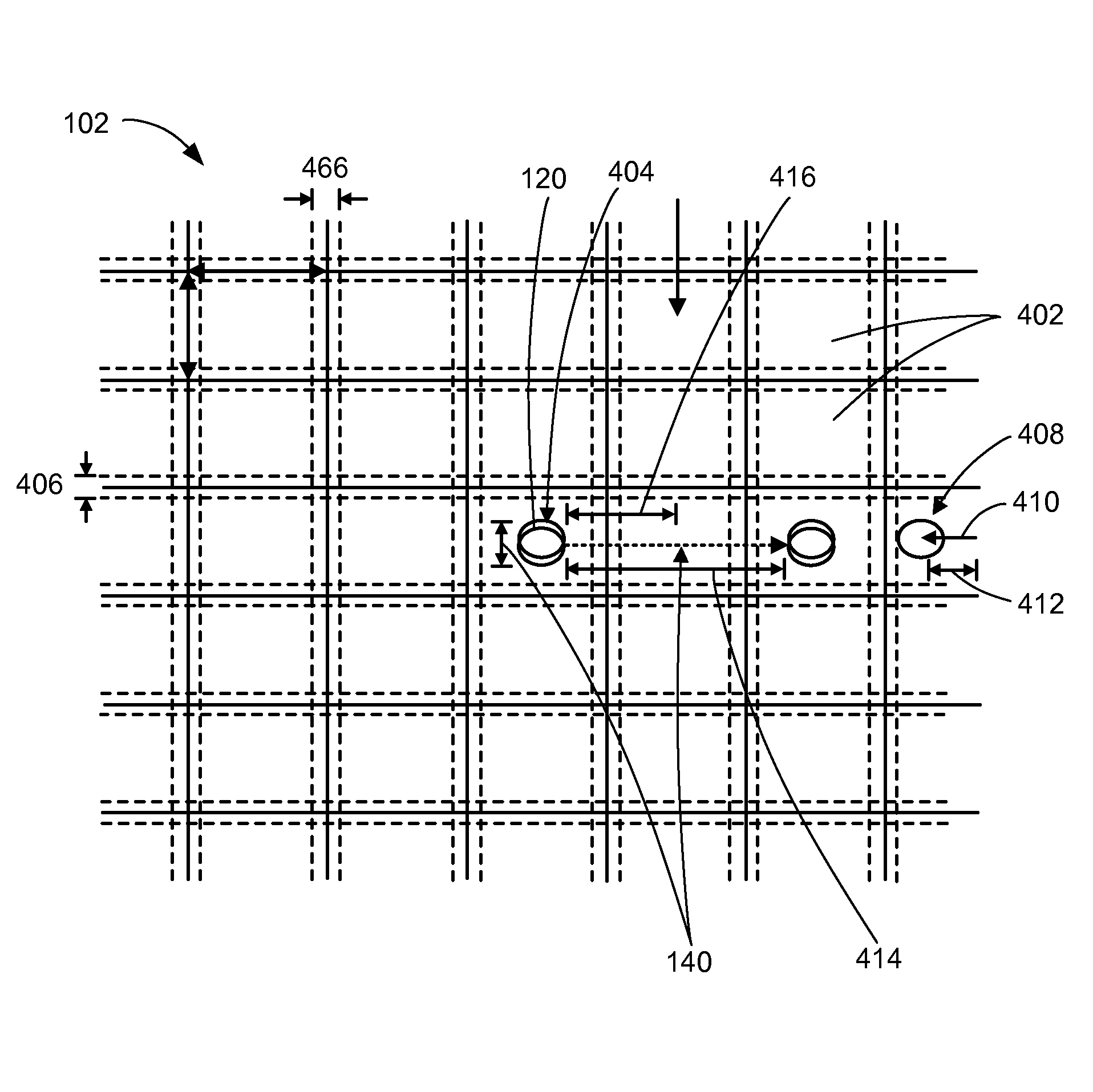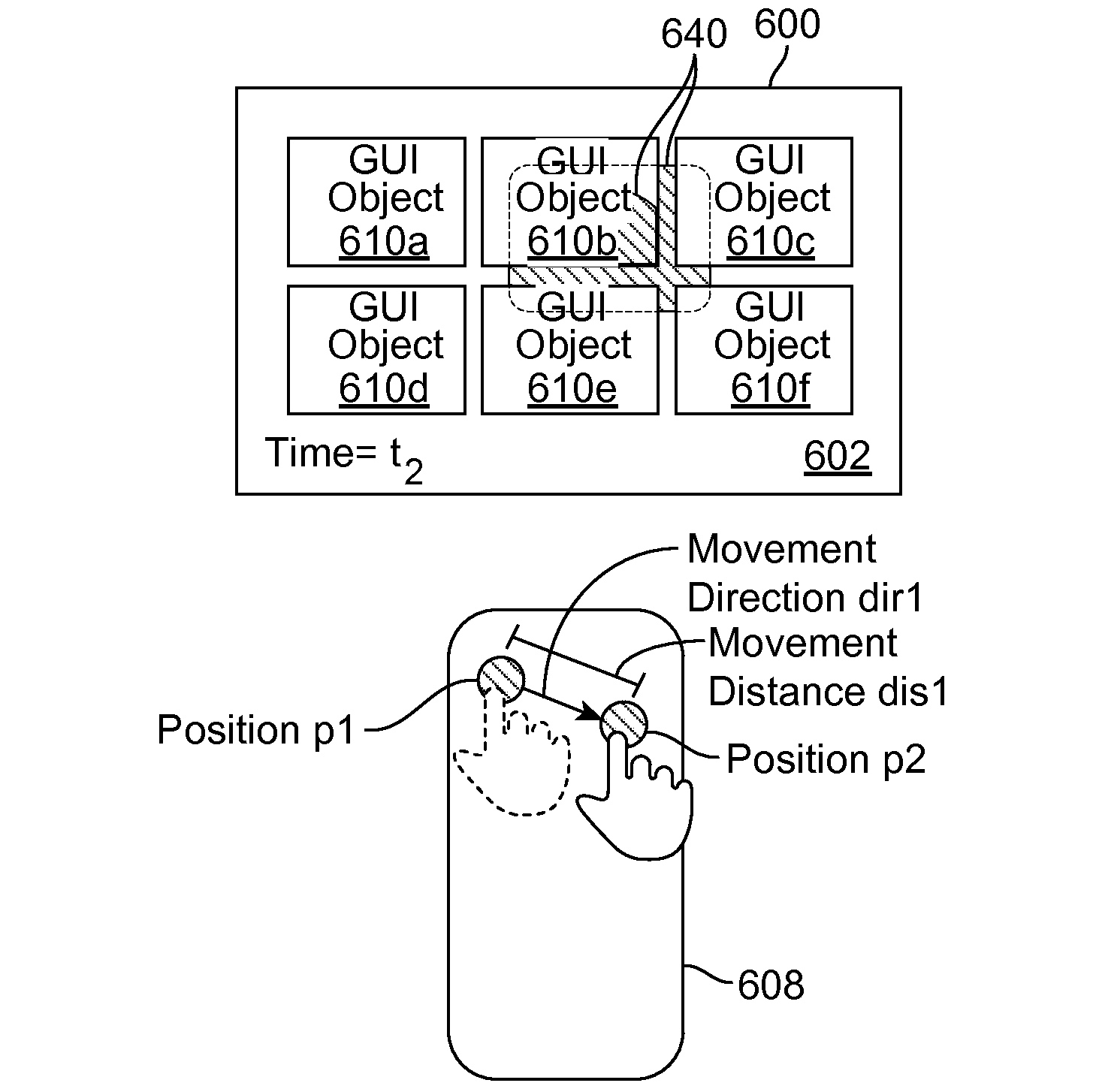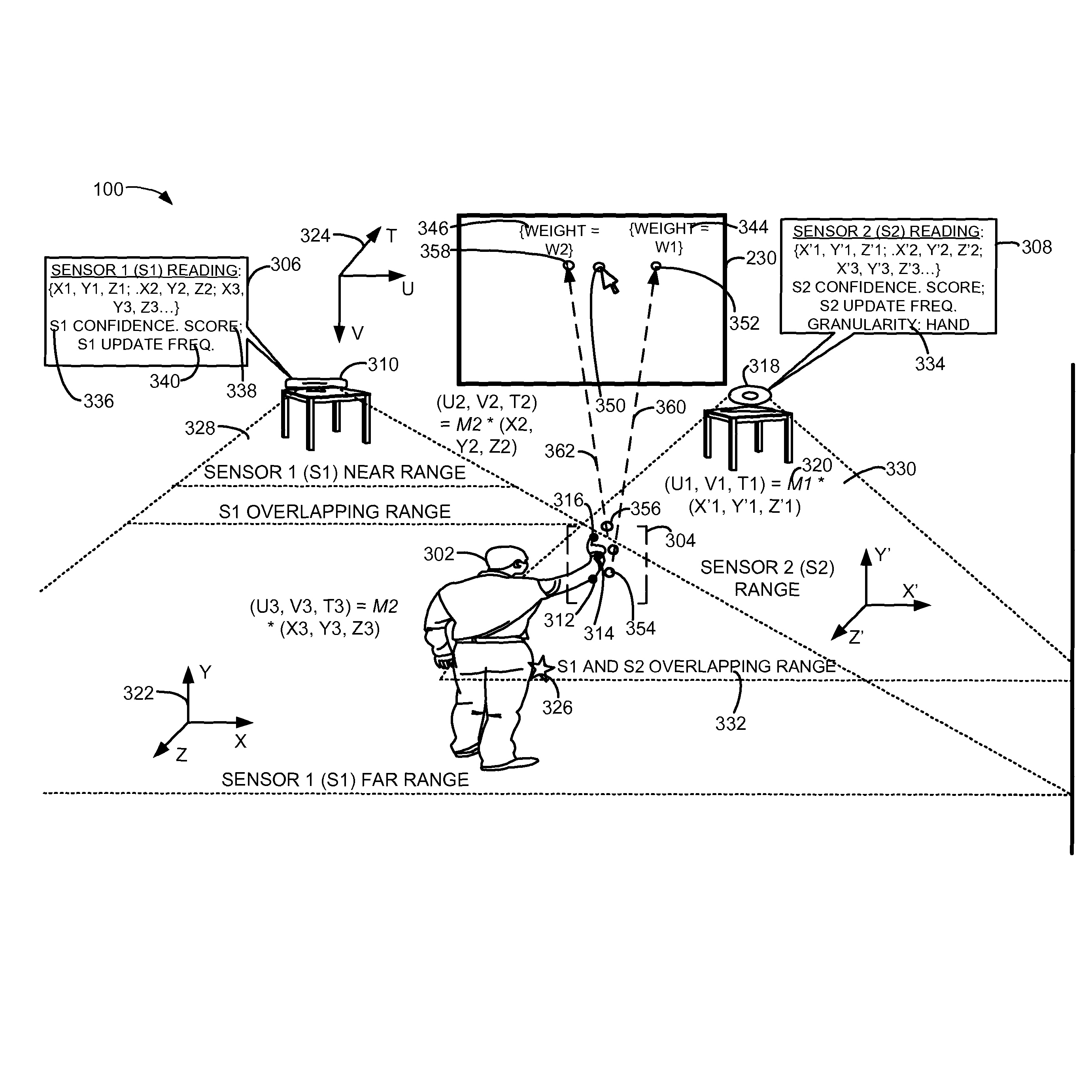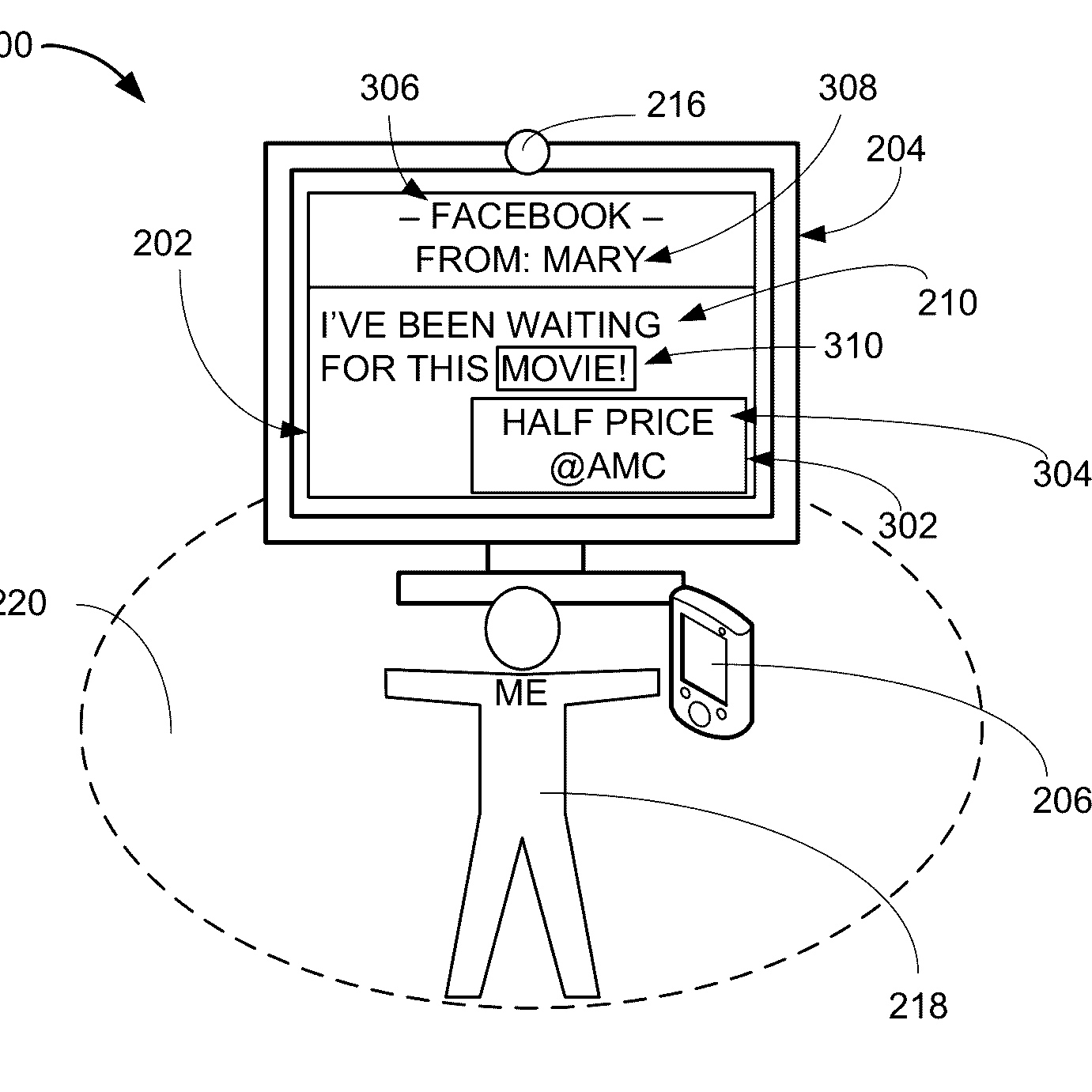Tracking an ongoing construction by using fiducial markers
The method automates alignment of image data captured of a 3D physical structure with a computer model using fiducial markers and transformation functions. This process begins with obtaining images of the construction site and identifying fiducial markers, which are unique markers placed throughout the site. A transformation function is then generated to map the fiducial markers to corresponding points within the computer model. The system then obtains additional images and detects new fiducial markers, allowing it to align the new image data to the computer model. Finally, the system refines the alignment using 3D physical elements within the images, ensuring a precise match between the actual construction and the digital model.
Anton Treskunov and Robin Singh for Doxel, Inc
Nov 11, 2019 - May 31, 2022






